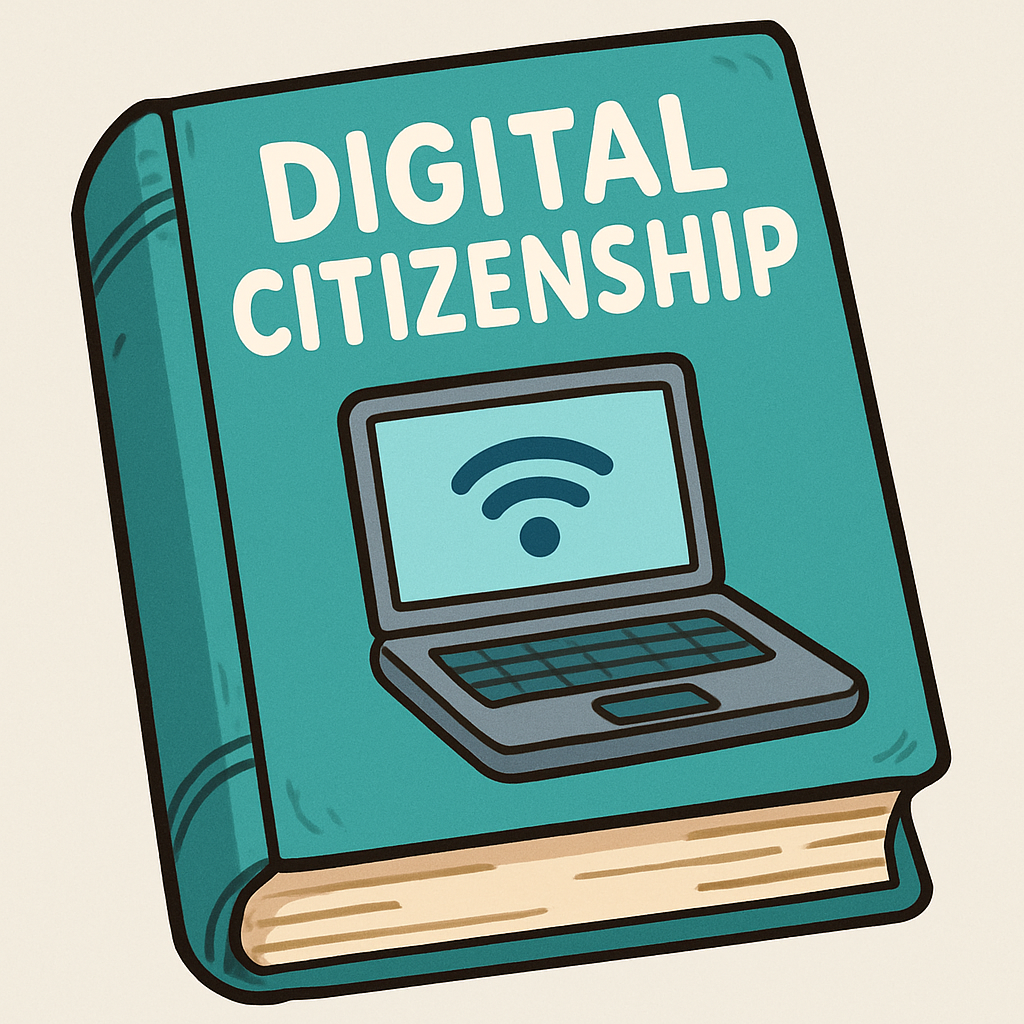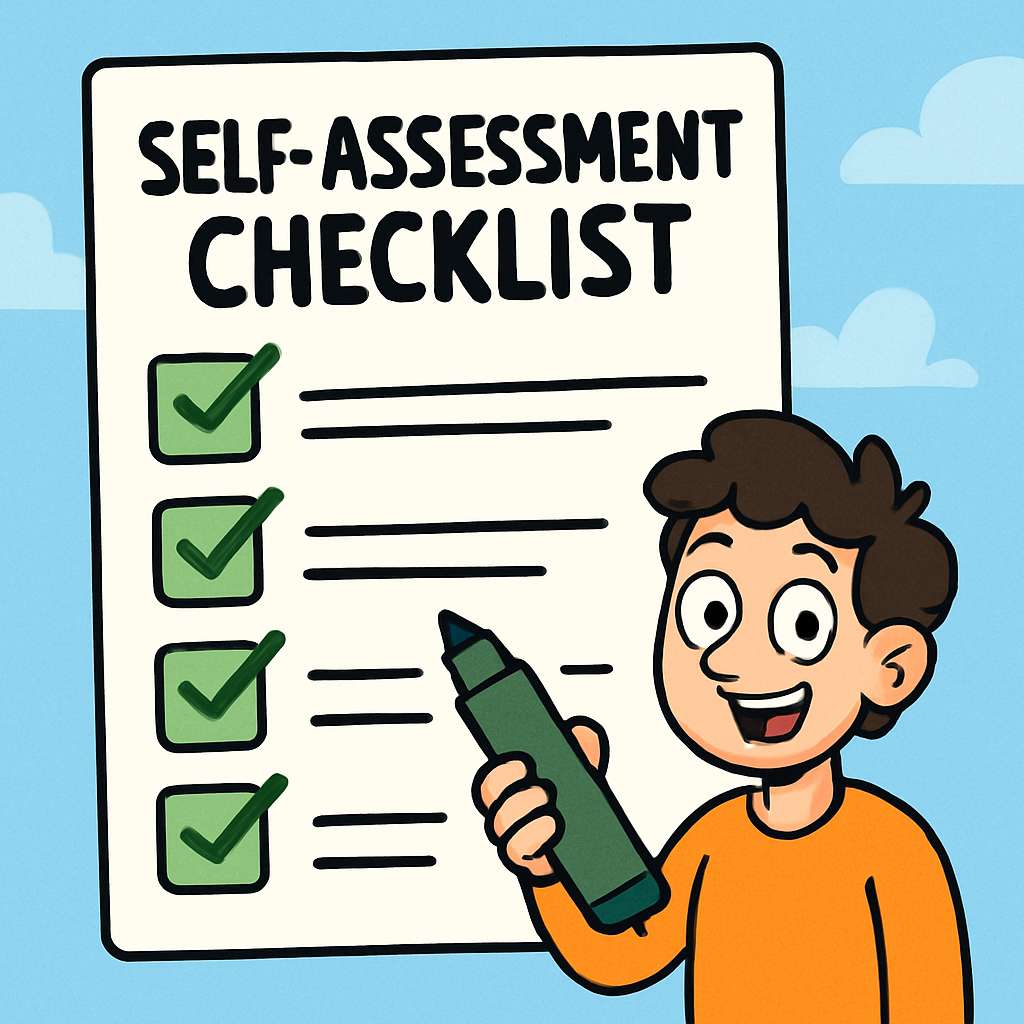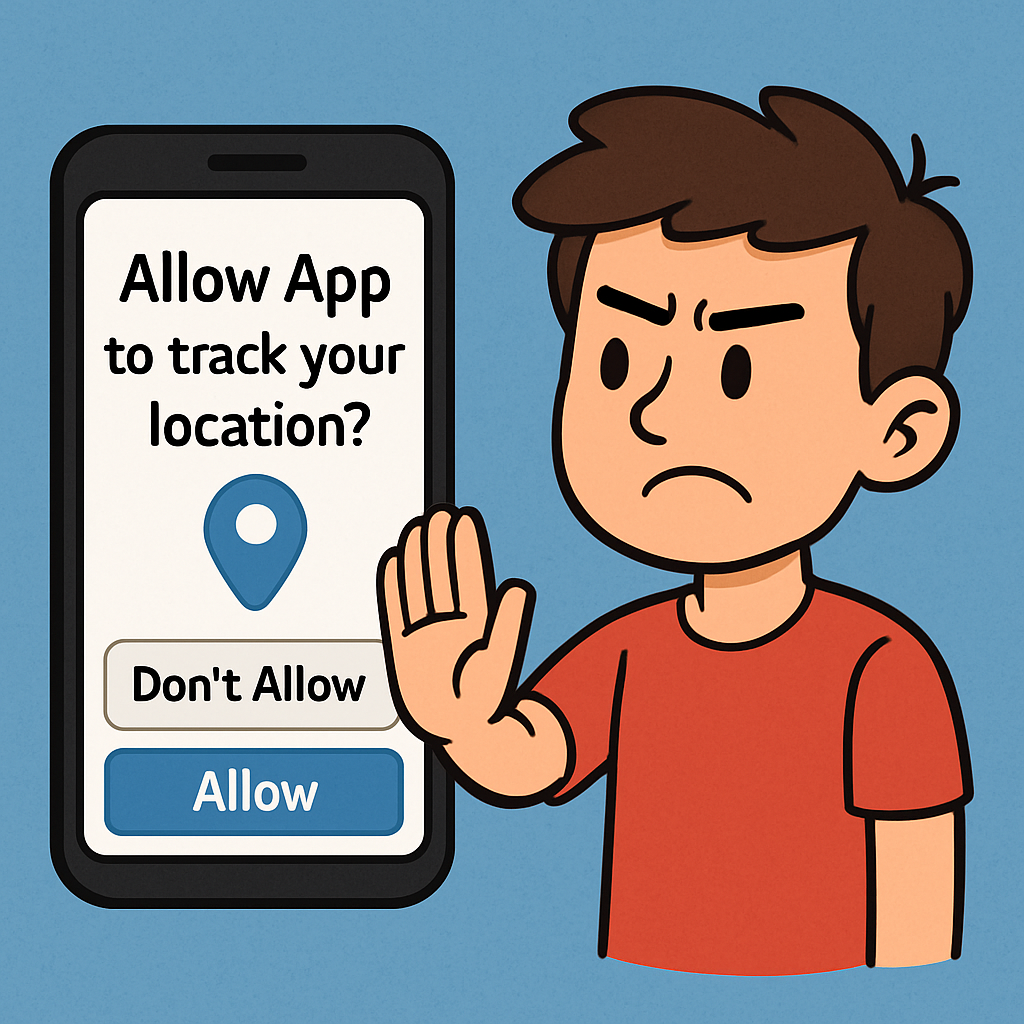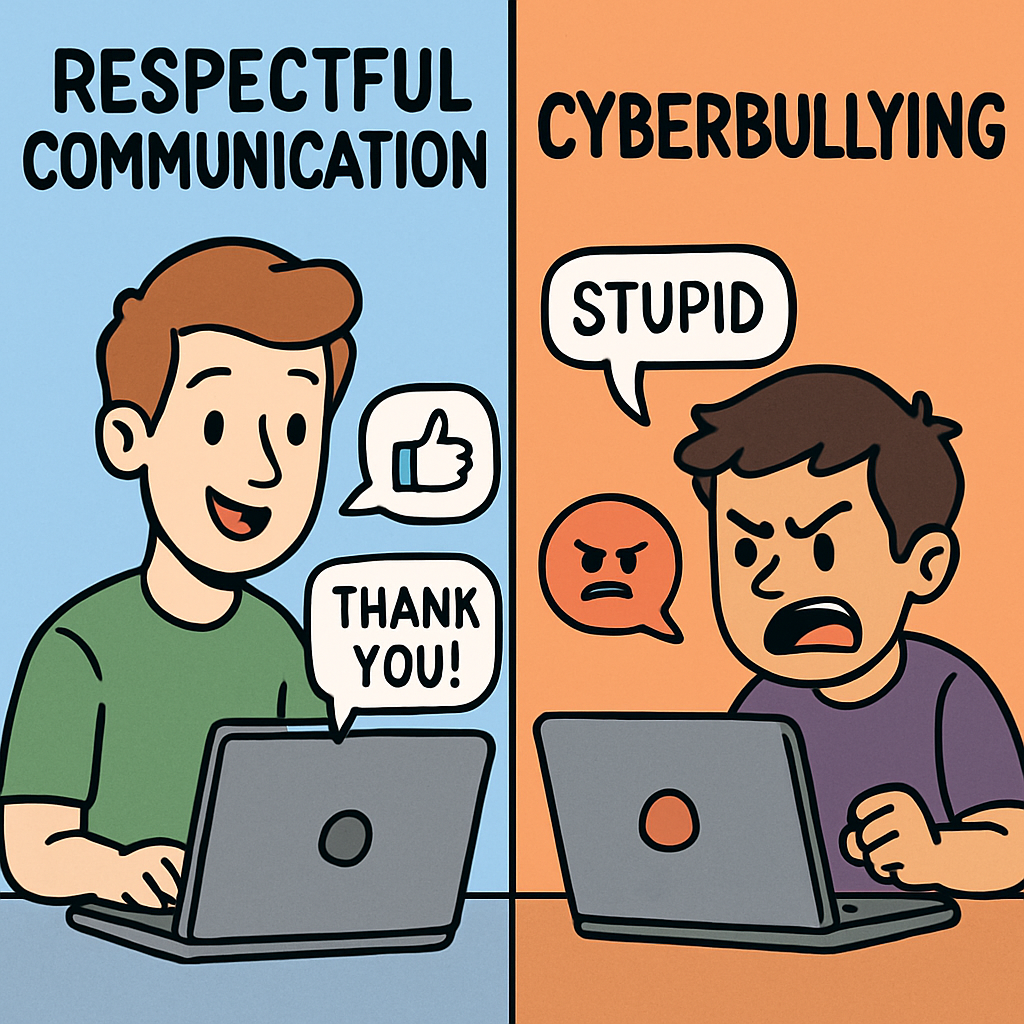 Welcome to this lesson on digital citizenship. In this session, you will explore the concept of being a responsible digital citizen. You will consider your rights, responsibilities, and online behaviour, and reflect on how your actions affect others. This lesson is designed for you to complete independently, with a few brief paired discussions. By the conclusion, you will have created a personal pledge to improve your online habits.
Welcome to this lesson on digital citizenship. In this session, you will explore the concept of being a responsible digital citizen. You will consider your rights, responsibilities, and online behaviour, and reflect on how your actions affect others. This lesson is designed for you to complete independently, with a few brief paired discussions. By the conclusion, you will have created a personal pledge to improve your online habits.
To begin, let us define digital citizenship. It refers to the responsible and ethical use of technology and the internet, similar to being a good citizen in everyday society. Key aspects include:
For instance, when you post a comment on a video or share a photo with friends, you are participating in the digital world and should aim to contribute positively.
 Now, let us conduct a self-assessment of your current digital behaviour. This interactive checklist is intended to assist you in evaluating your online habits, identifying areas of strength, and recognising opportunities for improvement. By completing this exercise, you will gain valuable insights into your practices as a digital citizen.
Now, let us conduct a self-assessment of your current digital behaviour. This interactive checklist is intended to assist you in evaluating your online habits, identifying areas of strength, and recognising opportunities for improvement. By completing this exercise, you will gain valuable insights into your practices as a digital citizen.
For each statement below, carefully consider your typical behaviour and select 'Yes' if it consistently applies to you, 'Sometimes' if it applies occasionally, or 'No' if it does not apply. Provide an honest response to each item.
| Statement | Yes | Sometimes | No |
|---|---|---|---|
| Do I think before posting something online? (Consider the potential impact of your words or images on others.) | |||
| Have I ever shared something without checking if it is true? (Reflect on instances where you might have spread unverified information.) | |||
| Do I treat others online with respect, even if I disagree? (Think about how you communicate during disagreements in digital spaces.) | |||
| Have I stood up against cyberbullying when I have seen it? (Consider whether you intervene or report harmful behaviour.) | |||
| Do I protect my personal information online? (Evaluate your practices regarding sharing details like your location or contact information.) |
Once you have selected responses for all the statements, count the number of 'Yes' selections. Following this, write a concise sentence in your notebook describing what surprised you about your results and why. This reflection will help you understand your digital habits more deeply.
 As a digital citizen, you possess certain rights that protect your ability to engage safely and freely in online environments. At the same time, you have responsibilities to ensure that your actions contribute positively to the digital community and do not cause harm to others. Reflect on how these concepts apply to your own online activities, such as browsing the internet, using social media, or participating in online discussions.
As a digital citizen, you possess certain rights that protect your ability to engage safely and freely in online environments. At the same time, you have responsibilities to ensure that your actions contribute positively to the digital community and do not cause harm to others. Reflect on how these concepts apply to your own online activities, such as browsing the internet, using social media, or participating in online discussions.
Let us explore some key examples to deepen your understanding:
For instance, when using apps like TikTok or Snapchat, your right to privacy ensures that your location or personal details are not shared without your consent.
By fulfilling these responsibilities, such as verifying facts before sharing on social media, you help create a safer and more trustworthy online space for everyone.
 In the digital world, the way we communicate can either foster positive relationships or cause significant harm. Respectful communication involves expressing thoughts and opinions in a considerate and kind manner, which helps to build friendships and supportive online communities. In contrast, cyberbullying refers to repeated, intentional, and harmful behaviour directed at others online, such as posting nasty comments, spreading rumours, or sharing embarrassing images without permission. Understanding the difference is crucial for maintaining a safe and positive online environment.
In the digital world, the way we communicate can either foster positive relationships or cause significant harm. Respectful communication involves expressing thoughts and opinions in a considerate and kind manner, which helps to build friendships and supportive online communities. In contrast, cyberbullying refers to repeated, intentional, and harmful behaviour directed at others online, such as posting nasty comments, spreading rumours, or sharing embarrassing images without permission. Understanding the difference is crucial for maintaining a safe and positive online environment.
Cyberbullying can have serious effects, including emotional distress, anxiety, and even long-term psychological harm to the victim. It often occurs on platforms like social media, gaming sites, or messaging apps, where anonymity can sometimes encourage negative behaviour. On the other hand, respectful communication promotes empathy, understanding, and mutual respect, making the internet a better place for everyone.
To illustrate, consider this scenario: You notice that a friend has posted a photo on social media, and another user leaves a rude or hurtful comment beneath it. How would you respond in a way that upholds respectful communication and addresses the potential cyberbullying?
 In the digital world, responsible sharing involves verifying the accuracy of information before passing it on to others, which helps maintain trust and prevents the spread of falsehoods. In contrast, misinformation refers to the dissemination of false or misleading information, often unintentionally, which can lead to confusion, harm, or even widespread panic among online communities. Understanding this distinction is essential for being a conscientious digital citizen, as your actions in sharing content on platforms like social media can have significant impacts on others.
In the digital world, responsible sharing involves verifying the accuracy of information before passing it on to others, which helps maintain trust and prevents the spread of falsehoods. In contrast, misinformation refers to the dissemination of false or misleading information, often unintentionally, which can lead to confusion, harm, or even widespread panic among online communities. Understanding this distinction is essential for being a conscientious digital citizen, as your actions in sharing content on platforms like social media can have significant impacts on others.
To illustrate, consider how quickly unverified news can spread on sites such as Twitter or Facebook. If you share a story without checking its validity, you might contribute to rumours that affect people's reputations or decisions. Responsible sharing, however, encourages practices like cross-referencing sources and using reliable fact-checking tools to ensure the information is truthful and beneficial.
Imagine you encounter a viral post on social media claiming that a well-known celebrity has engaged in inappropriate behaviour. The post includes dramatic details and is being shared rapidly by your friends. However, you are unsure if the information is accurate. How would you approach this situation to avoid contributing to misinformation?